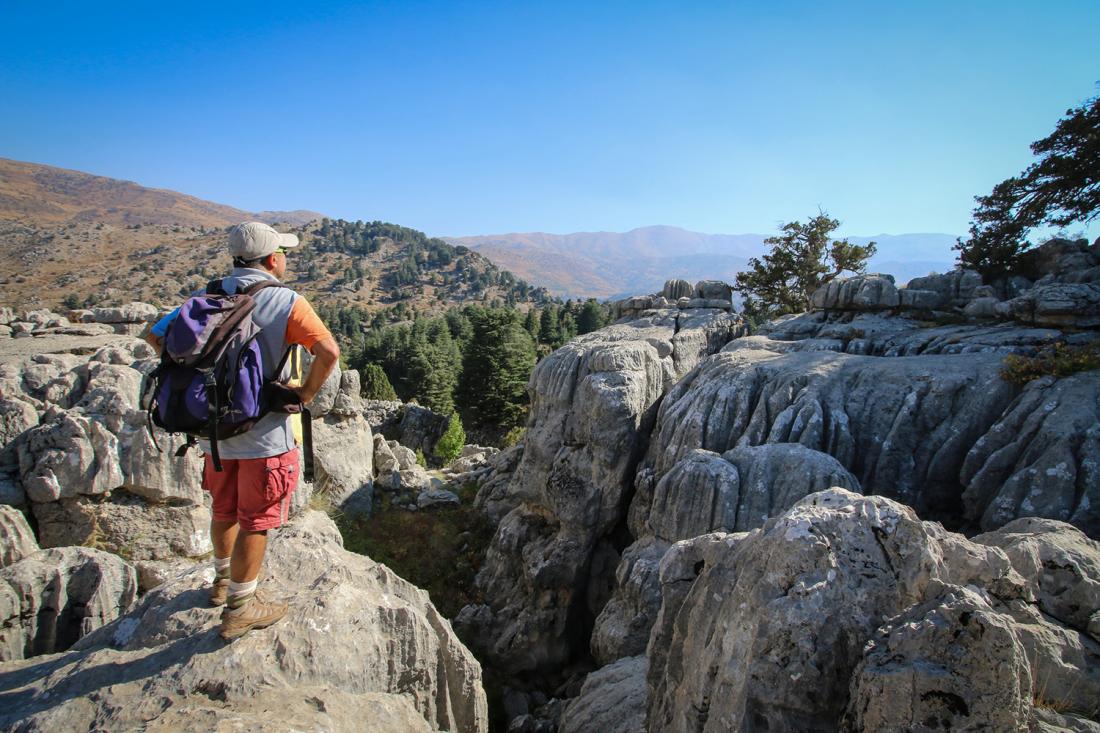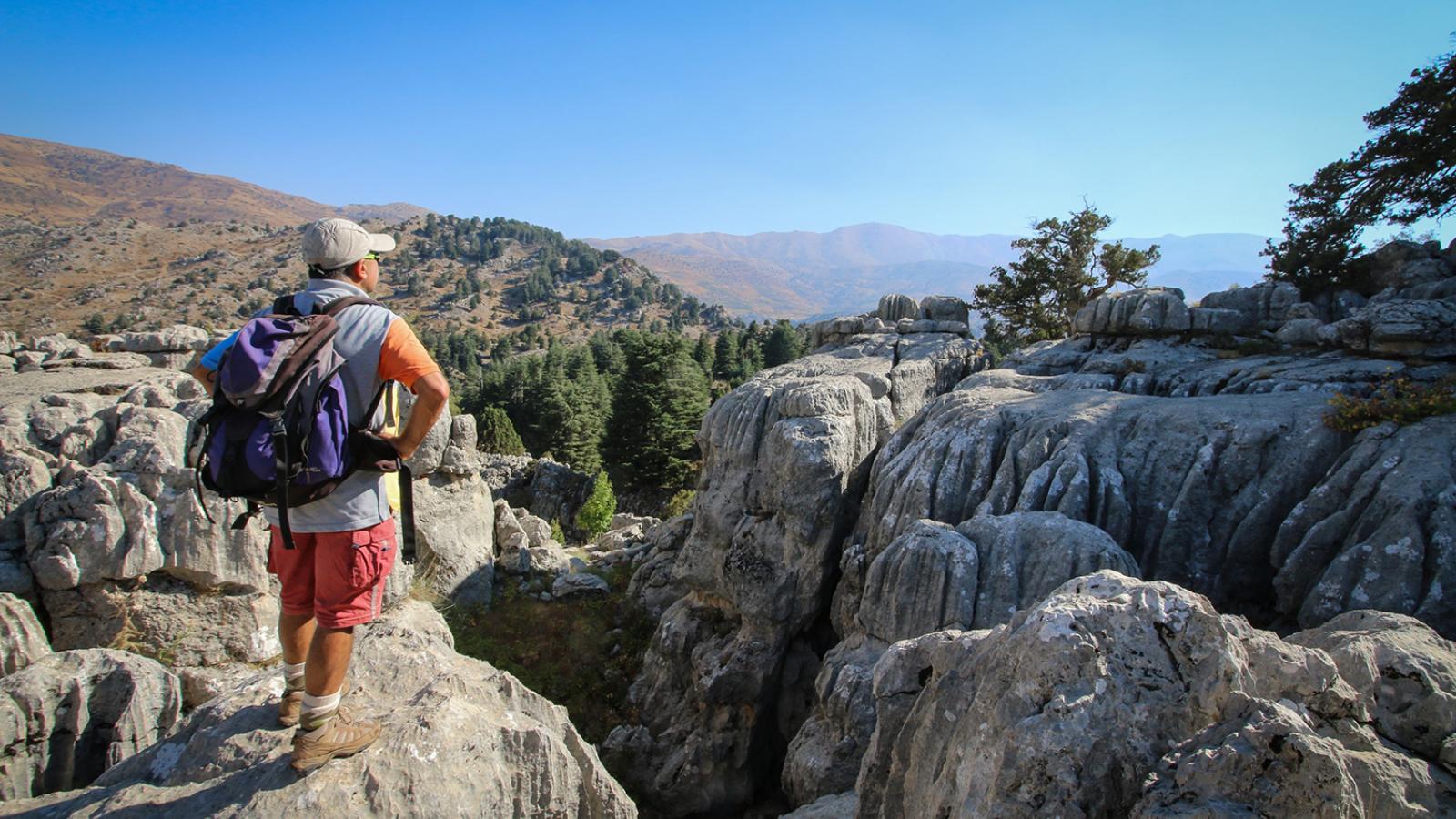Tourism in the aftermath of COVID-19 crisis: reflections from the MEDUSA project

How will the tourism sector look like in the aftermath of the COVID-19 crisis? How to ensure tha we will travel again? We share the reflections of Omar Hazineh, Executive Director of the Jordan Inbound Tour Operators Association, a partner in the MEDUSA project.
Once this is all over, people will travel again. We need to understand now that the tourism industry will be facing a new post-COVID-19 reality where companies are all vying for the hearts and minds of wary travelers—likely in some form of a sustained economic downturn driven by this crisis.
The new normal will likely include everything from the intricacies of sanitation practices, to broader topics such as the health of nations/regions/ports-of-call, the role of travel insurance, and issues unique to specific modes of travel (e.g., is social distancing possible in modern air travel)?
Previous epidemics or recessionary events have depressed travel demand for four to seven months before beginning to recover. Based on the latest developments, the UNWTO estimates international tourist arrivals could decline by 20% to 30% in 2020. This would translate into a loss of 300 to 450 US$ billion in international tourism receipts (exports) – almost one third of the US$ 1.5 trillion generated globally in the worst-case scenario.

We need to use this time to begin to anticipate what that new normal might look like and prepare for it.There are no rules or playbook for this situation, and the right answer is constantly shifting. The industry can’t be limited by the thinking of the past or the tried and true.
Also, as price-sensitive travelers may be looking to trade down on products and amenities, we’ll see shorter booking windows, and possibly more trips with lower spends and much briefer itineraries. But there may be more—we need to use this time to begin to anticipate what that new normal might look like and prepare for it.
There are no rules or playbook for this situation, and the right answer is constantly shifting. The industry can’t be limited by the thinking of the past or the tried and true. However, there are several practical principles that will help put the industry in a better place once we get to the rebound stage of this crisis:
- Set the tone right. If you haven’t already done so, take a close look at your pre-programmed paid efforts (across digital and social media, and other channels) and all your earned media outreach to ensure the tone is appropriately sensitive and respectful of the current situation.
- Coordinate, collaborate and rise together instead of going at it alone. As the tourism industry strives to regain its footing, it should be embracing a collective, mutually beneficial and coordinated approach.
- Choose the right messengers. Identify the most credible sources to tell your story. This is a classic situation where the voices will be as important as the messages. The right voices will vary depending on the market/region and may differ across the diverse segments of the industry.
- Show, don’t just tell. In a crisis, words mean nothing unless they are backed up by visible action. For example, you can’t just say “things are getting back to normal”; you have to show it in a credible way. Also, remember visuals, especially for the travel industry, are key.
- Monitor the pulse of travel media. Although pushing immediate travel right now is not a popular choice, there are still many opportunities to maintain share of voice, be visible in the right ways and build brand equity through media relations. Maintain strong relationships with journalists and know what they are currently covering as many have shifted beats during this crisis.










